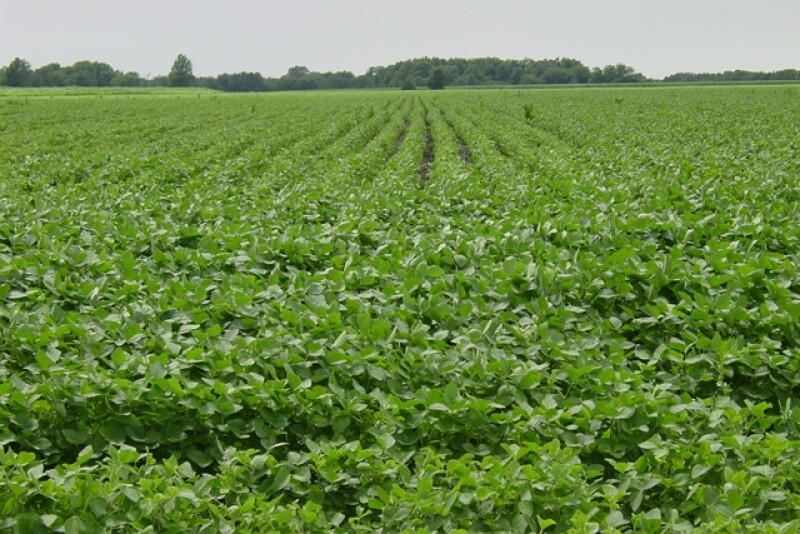According to Farm Credit Illinois’ annual benchmark study, farmland values in the central and southern 60 counties of Illinois decreased for the first time since 2018. On average, the benchmarks are down 4.4% across the area. The annual update finds 14 of 22 benchmark farms decreased in value, six increased and two remained unchanged.
“Land values had a dramatic run-up beginning in 2003 until peaking in 2014,” notes Kent Reid, Chief Appraiser. “The first decline in more than a decade began in 2015, continuing a slight decline through 2018. From then on, land values increased again for six consecutive years and set new highs in 2024.” Land values increased 2.1% in 2020, 8.5% in 2021, a substantial 27.9% in 2022, 8.1% in 2023 and 7.49% in 2024.
Results across all land classes show considerable variation, reinforcing the view agricultural real estate is a location-specific asset, he says. When considering individual benchmark values, the year-over-year changes range from -13.6% to +27.4%.
Farms with a PI rating of 133 to 147 sported values ranging from $16,000 to $19,000 and registered an 8.5% annual decline. Those with a PI of 117 to 132 ranged in value from $12,000 to $22,000 with an annual decrease of 4.7%. Farms with a PI of 100 to 116 in the north of the area listed values from $8,700 to $11,500 which is a 5.2% decrease. Farms with a same 100 to 116 PI but located in the south sported values from $6,100 to $13,400 – an increase of 4.2%.
Commodity prices began to decline in the second half of 2023, leading to reduced net farm income for the 2024 crop year. Continued low prices are expected to negatively impact the current crop year, he says.
Farmland transaction volume decreased slightly, however, demand for Illinois farmland continues to remain stable for the available supply of farms for sale. Buyers are a mix of operating farmers, retired farmers, and local farmland investors, he notes.
Over the past several years, strong commodity prices paired with Market Facilitation Payments and coronavirus assistance programs from the federal government helped stabilize balance sheets, increase working capital and create a more positive outlook in agriculture. However, current commodity prices are low in comparison to recent years. These low prices coupled with high interest rates have decreased net farm income and negatively affected working capital, he comments.

